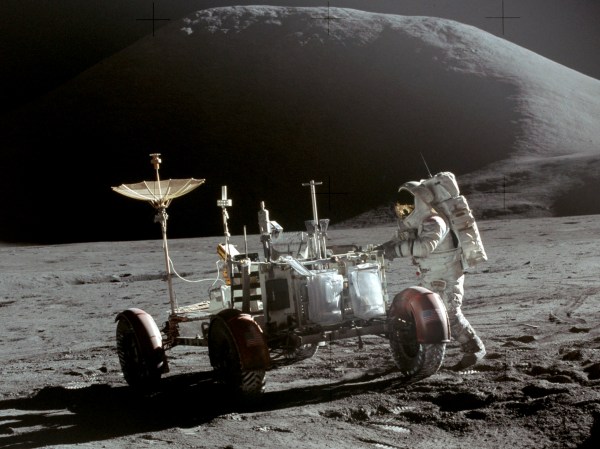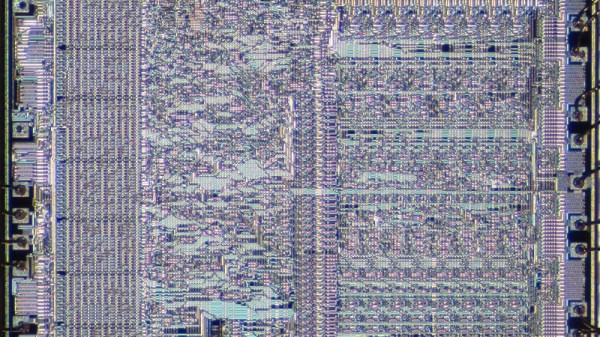You can’t read the news today without another pundit excitedly reporting how AI is going to take every job you can imagine. Of course, AI will change the employment landscape. It will take some jobs and reduce the need for others. What about tech support? Is it possible that an AI might be able to help people with technical issues better than humans? My first answer was no way, but then I was painfully reminded of something. The question isn’t if AI can help you better than any human can. The question is if AI can help you better than the low-paid person on the other end of the phone you are likely to talk to. Sadly, I think the answer to that question is almost certainly yes.
In all fairness, if you read Hackaday, you probably don’t encounter many technical support people who can solve a problem you can’t. By the time you call them, it is a lost cause. But this is more than just “Hackday folks are smarter than the tech support agents.” The overall quality of tech support at many companies is rock bottom no matter who you are. Continue reading “Tech Support… Can AI Be Worse?”



















